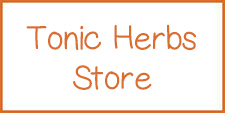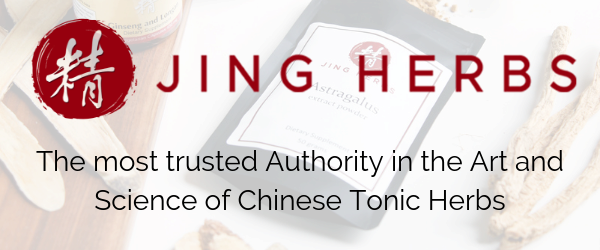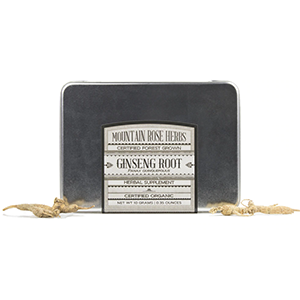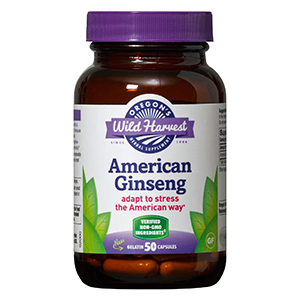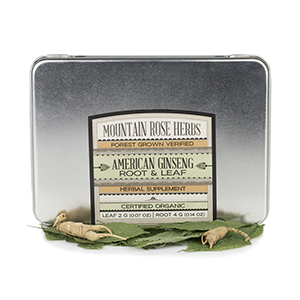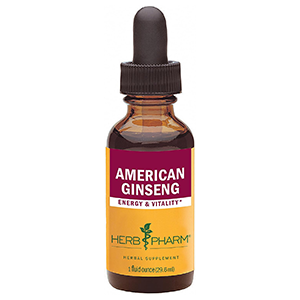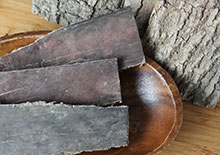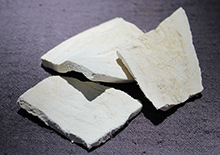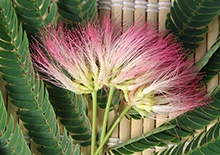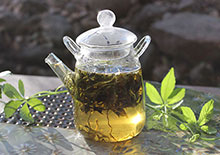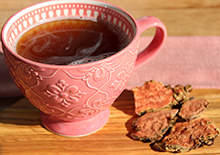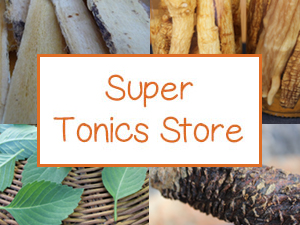- Home
- Chinese Herbs
- American Ginseng
American Ginseng, Why You Might Want to Consider It
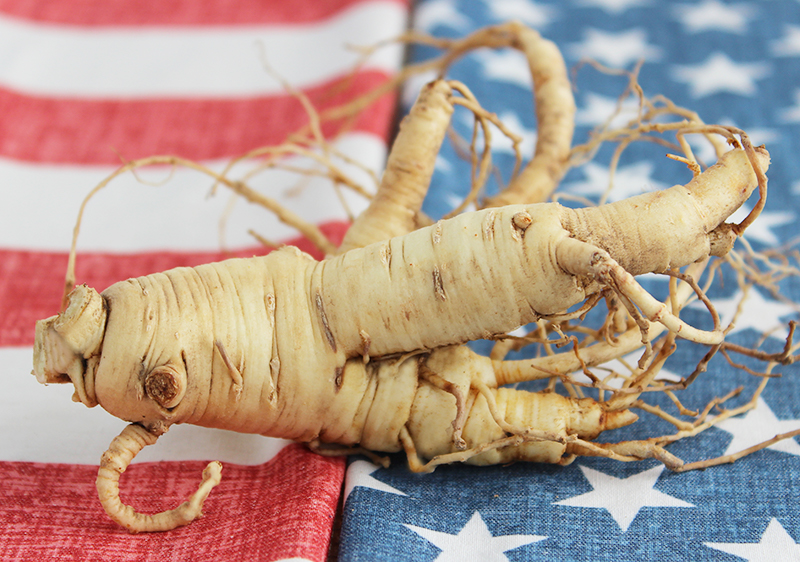
There aren't many people in the world who haven't heard of ginseng, even the one native to the North American hemisphere known as American ginseng.
Although related to the popular Asian ginsengs, generically referred to as Panax ginseng, the American variety (Panax quinquefolius) holds very different attributes.
The American type, true to its name, is indigenous to eastern parts of North America, where wild plants once grew in abundance in deciduous forests of Canada and the United States.
Table of Contents
What is American Ginseng? | About Ginsenosides | Most Prized Uses | Precautions
Today, because of wild over-harvesting, Am. ginseng is considered a threatened or endangered species in many locations and is therefore cultivated or forest grown, also called "wild simulated." Wisconsin and Ontario are currently the leading producers in the U.S. and Canada.
Still considered a "true" ginseng even though it's not of Asian descent, American ginseng called Xi Yang Shen (西洋参) in Chinese English has a long history of export trade with China where it has been highly treasured for hundreds of years.
What is American Ginseng?
Although Am. ginseng is an off-white color, especially when chopped in half, it is not the same thing as white ginseng. The term "white ginseng" is usually referring to Panax varieties that have been peeled and sun-dried.
Sometimes resembling a short and stubby parsnip, they're not necessarily the most attractive of roots. However, to those who appreciate their revered value as a major tonic herb, their appearance can be a welcomed sight.
American roots certainly look like most ginsengs in weight and personality, having that characteristic human lifelike shape with arm and leg off-shoots coming off the main section.
The fresh fleshy dense roots typically have a yellowish-white exterior and a classic rich bitter-sweet taste in addition to a deep earthy aroma that most ginsengs are known for.
One of the fascinating things about ginseng, especially forest grown, is that the roots can potentially live for a very long time, becoming stronger and more potent as they age. As a slow-growing species, it is like the immortal turtle of the plant world.
Over time the roots start to fork, developing prongs and rootlets. During this process, it concentrates more and more precious herbal compounds. Older roots 12 years and beyond, especially wild varieties, are therefore very highly prized among herbalists and ginseng lovers alike.
There is an entire classification system for grading ginseng roots and their overall quality based on many factors such as size, shape, texture, color and taste.
Again, age however can be a determining factor. Standard less expensive ginseng is under 3 years of age, the next grade up is between 3-6 years of age and premium grades are harvested after at least 6 years mature. Generally, the older the better and thus more expensive.
One of the most efficient ways to extract American ginseng's properties is as an alcohol tincture or prepared extract. Traditionally, ginseng roots are slowly simmered as a tonic tea using a special ginseng cooker which can also be equally effective.
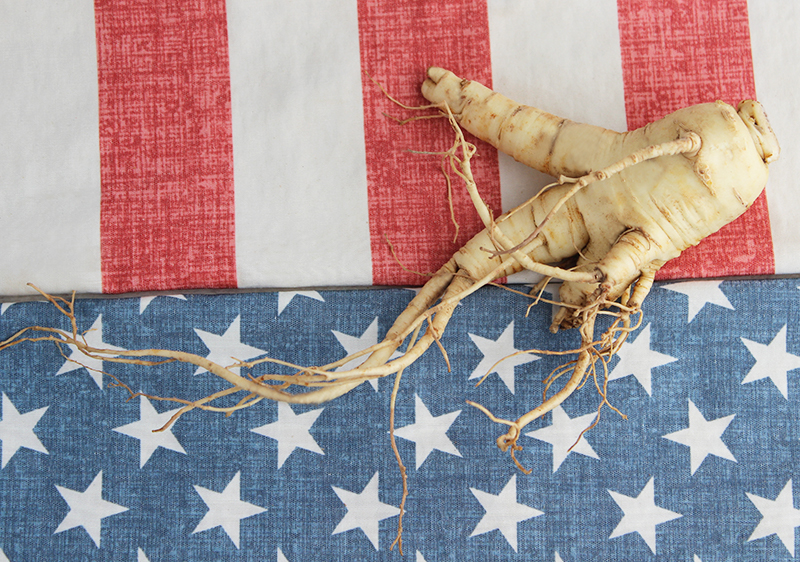
About American Ginseng Ginsenosides
Similar to Panax ginseng, American ginseng is composed of various health-promoting components like terpenes, flavonoids, other phenols and nutrients. But the main active phytochemicals and saponins common to this tonic herb are known as GINSENOSIDES.
Am. ginseng has a different ratio of ginsenosides compared to that of Asian Panax species which contain primary ginsenosides known as Rb1, Rb2, and Rg1. American ginseng contains mainly Rb1, Re, Rd, Rg1 and Rb3. This changes the qualities and actions quite a bit.
Most Prized Uses of American Ginseng
1) For Energy and Stress Management
2) Its Nourishing Yin Tonic Potential
For Energy and Stress Management
Both Asian Panax ginseng and American ginseng are Chi (Qi) energy tonics. The main difference is that Panax is a Yang stimulant, whereas American replenishes Yin essence. Both are energizing but in different ways.
What does this mean?
When used as a dietary supplement or part of an herbal routine, Am. ginseng is identified to encourage a calming influence on the nervous system yet can be enlivening in a restorative sense and healthful for its cognitive-enhancing aptitude.
It is highly prized as an adaptogen tonic that can be useful for managing everyday stress more effectively, an often desirable asset in today’s modern-day world. (*)

American Ginseng and Its Nourishing Yin Tonic Potential
While Panax species are hot, warming and drying to the body, Am. ginseng has a lubricating and cooling impact.
American is likewise described to help the body "GENERATE FLUIDS" and known for its moisturizing and nourishing YIN attributes particularly beneficial to the lungs and skin.
It is famous as a beauty herb that may also simultaneously promote a healthy libido. From an herbalism standpoint, Am. ginseng is often used to balance Yin deficiencies, a characteristic of other tonics like he shou wu.
Coincidentally, a large population of people in the Western world,
where American ginseng is a native plant, tend to have excessive heat,
inflammation or overly Yang conditions. Supplemental use of this tonic
root with its COOLING qualities may help counteract such issues and a
more suitable option over Asian ginseng's which can exacerbate these
imbalances.
Sometimes American ginseng preparations are also
appropriate for women going through menopausal life stages because of
their moisturizing properties.
Keep in mind that it may be appropriate to seek the advice of a qualified herbalist who can tailor tonic herbal formulations more specifically to one's unique individual needs and health goals.
Precautions:
American ginseng is usually not suitable for pregnant or nursing women or those with cold-damp conditions. Always consult your healthcare professional before using it for dietary supplementation especially if you are taking any medications or have a serious medical disorder.
Shop Related Products (About Affiliates & Amazon Associate Paid Links)
Affiliate Disclaimer: This section contains affiliate product links. If you make a purchase through our recommended links, we receive a small commission at no additional cost to you. Thanks for the support.
